Honor Magic 6 Pro review: stunning camera on an attractive flagship phone
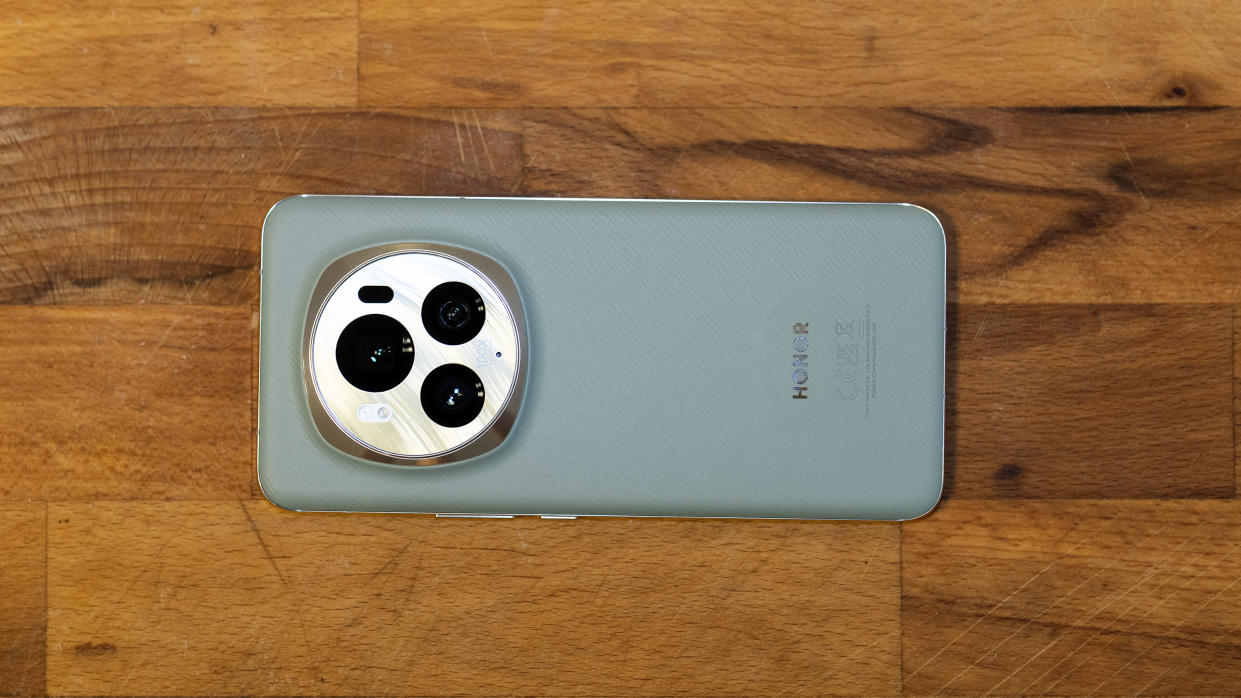
Following the Magic V2, Honor is on a bit of a roll, and its latest flagship smartphone is no exception. Sporting the Snapdragon 8 Gen 3 chipset, an LTPO OLED screen and a triple-camera array featuring some eye-catching specs, it’s an attractive proposition for anyone looking for a top-end Android camera phone.
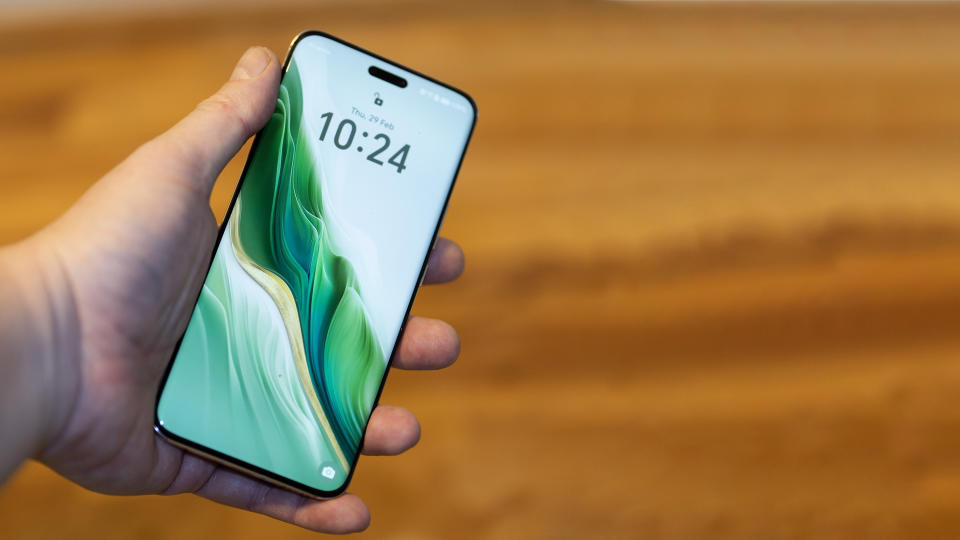
Honor Magic 6 Pro review: Key specifications
Honor Magic 6 Pro review: Design and screen
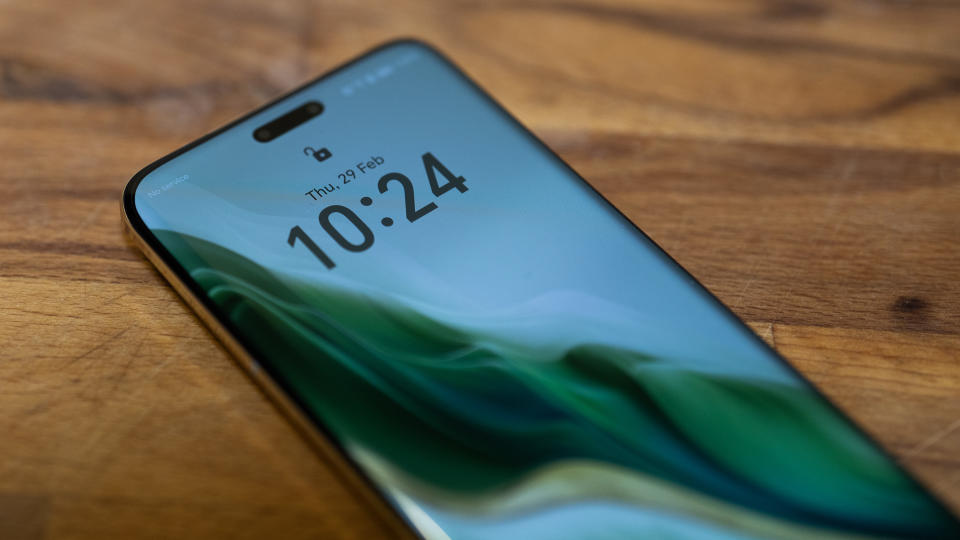
The Honor Magic 6 Pro sent to the Bloq for review has a jade green textured rear that for some reason puts us in mind of that LG G4 that came with a leather back panel in 2015. The Magic 6 Pro doesn’t have that kind of luxury, but whatever this crinkly green stuff is it sure feels nice to hold. There's a plain black glass finish available too, in case the green is a step too far for you, but with the gold highlights on the casing edge and the camera surround, the phone has a unique look that’s helped by the large metallic camera bulge, with its three black lens cutouts, which is so prominent you can use it as a finger rest when holding the phone one-handed.
Elsewhere, this is a standard Android phone with nothing to break its smooth lines beyond the lock button and volume rocker on the right-hand side. The SIM tray and USB-C port are on the bottom, with speakers at either end of the phone.
The front-facing camera - which handles face-recognition unlocking like it’s barely trying, even in the dark - sits in an island within the expansive 6.8-inch HDR OLED screen, which uses Apple’s LTPO tech to dynamically change its refresh rate depending on what’s going on, allowing it to squeeze out more battery life by not using the full 120Hz capabilities of the screen if they’re not needed. It’s also capable of a dazzling 5,000 nits of peak output when viewing HDR content, which beats the Xiaomi 14, OnePlus 12, Galaxy S24 Ultra and Pixel 8 Pro.
It’s not a particularly thin or light phone even before you put it in a case, but with the periscope camera zoom, IP68 dust and moisture protection, plus the healthy dollops of RAM and storage it’s provided with, this is easier to forgive. You’ll buy this phone for its cameras and the speed with which it can run your apps, and being flagship weight is the price you pay.
Features and software
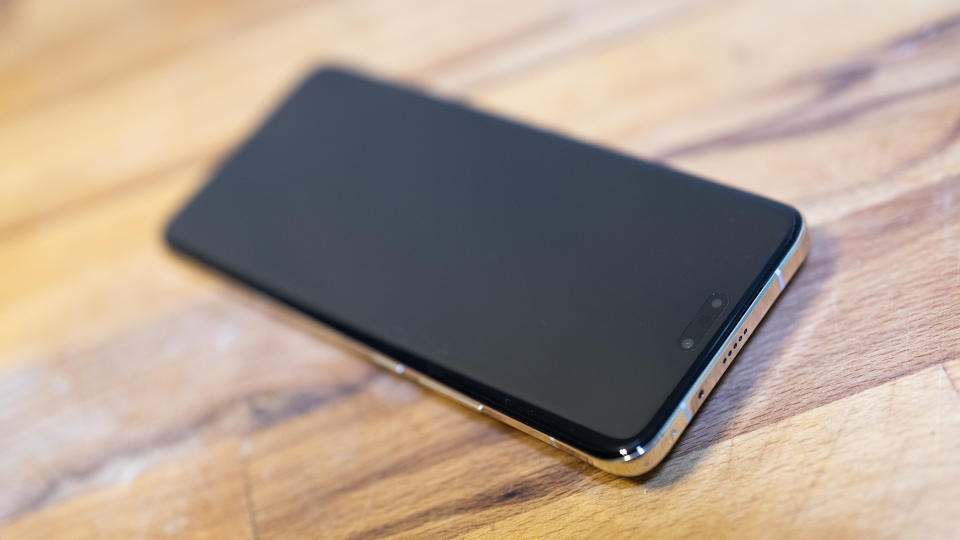
The Honor Magic 6 Pro comes with Honor’s MagicOS 8 installed, which is based on Android 14. It’s quite a nice place to find all your apps, though it doesn’t use an app drawer and prefers to place newly installed software on an extra home screen page for you to swipe through, though there's a search box and AI-powered Suggested Apps folder on the home page, along with the standard Android dock and large folders. Swipe out from the side and you get another toolbar that allows you to use certain apps in floating windows, easing the process of moving data from one to another and providing a multitasking environment that makes sense with the 6.8in screen, with minimised apps appearing on a floating palette at the side. We still suspect most users will stick to the classic Android fullscreen apps, but it’s nice to see someone trying something like this.
Honor has incorporated AI into the OS through Magic Text and Magic Portal, which can extract text from images and send it to related apps, such as displaying an address in Maps from a party invitation JPEG you’ve been sent. It can do the same from your messages, and every single Honor app you open asks you to agree to a privacy policy regarding how it will collect your information before you can use it. This AI integration is exactly the sort of thing that will benefit from software updates, and Honor is offering three years of OS updates and five years of security patches.
The phone comes with the Honor App Market as an alternative to the Google Play Store, and it’s perfectly possible to use the phone without a Google account signed in, though you’ll miss out on a lot of apps. Honor would like you to sign in with one of its accounts too, and the Contacts app will store your contacts in that account as well as Google’s, if you like. There's a Game Center app full of the usual Android suspects - though no Mighty Doom - and the Magic 6 Pro makes a great Android gaming platform thanks to its vibrant screen and fast processors.
Elsewhere, it’s capable of taking advantage of that Wi-Fi 7 router you haven’t bought yet for blazing-fast wireless speeds, there's an under-screen fingerprint reader (though this might be the phone that convinces us to use face recognition on Android, as it’s completely seamless and works in any conditions, even when wearing a mask), and there are stereo speakers, though no headphone jack.
Honor Magic 6 Pro review: Benchmark scores
Performance
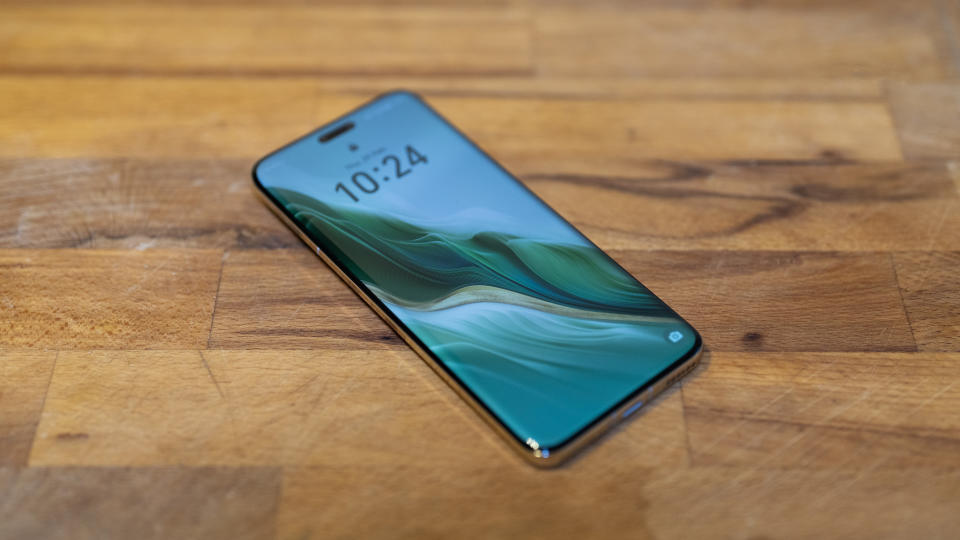
As a flagship phone, you’d expect the Magic 6 Pro to perform well, and the Magic 6 Pro’s benchmark scores put it comfortably ahead of the Magic V2 foldable, which runs on the previous generation of Snapdragon processor and aligns with the sort of thing we’re expecting from the Samsung Galaxy S24 Ultra which shares the Gen 3 chip. Its Geekbench 6 scores also come in just slightly behind those of the iPhone 15 Pro, a phone that’s £200 more expensive in its 512GB incarnation.
In use, the Honor Magic 6 Pro feels fast and responsive. Apps slide easily around the screen, there's no pause as you return to the home screen, and they resume instantly when you switch between them. Smartphones that pack the same sort of power as laptops can be tricky to see a use for, but having this sort of processing speed in your pocket means taking photos and video is a quick and easy process, with no waiting around for apps to open or images to process.
Cameras
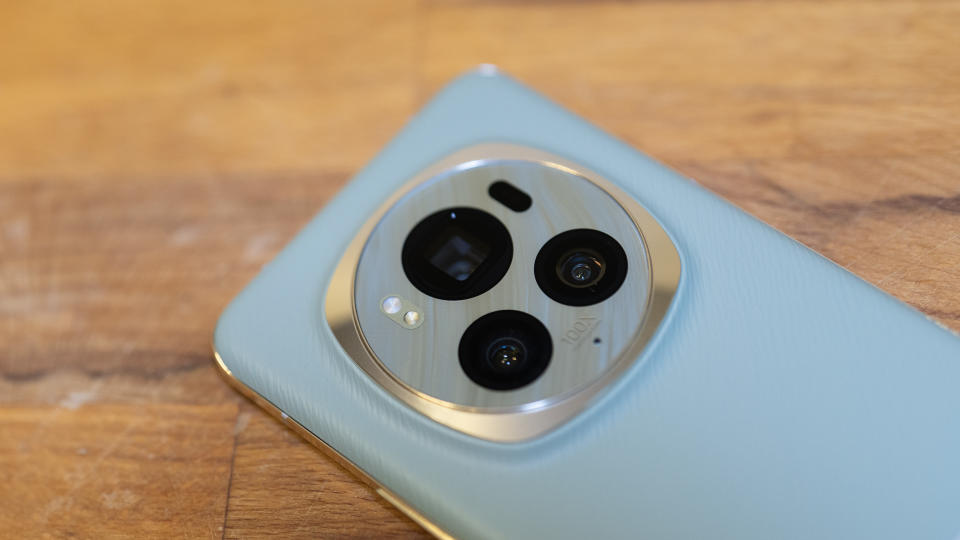
The triple camera array on the back of the Magic 6 Pro is interesting for two reasons. The first is the main, wide-angle camera, which comes with a variable aperture. OK, it’s only capable of closing from f/1.4 to f/2 - one stop - but it does give the software additional options when deciding how to capture a scene. That it’s attached to a 50MP HDR sensor that’s large by smartphone standards (1/1.3-inch) helps too, as does the optical stabilisation. Having an aperture that opens all the way up to f/1.4 helps with light gathering and depth of field too,
The telephoto camera fixes a ridiculous 180MP 1/1.49-inch sensor to the back of a periscope zoom lens for a 2.5x stabilised optical zoom with an f/2.6 aperture and 16:1 pixel binning to increase the signal-to-noise ratio. Pop it into high-res mode and you’ll be taking photos at 12228x16384, which come out at over 20MB each in JPEG, but need a lot of light to avoid ISO 6400’s inevitable noise. There's a 5x option on the interface which produces crisp images, and you can pinch-zoom to 100x, though we wouldn’t recommend it.
Against this background, the 50MP f/2 ultrawide camera, devoid of stabilisation, laser AF or a large sensor, seems almost dull. It would be a shame to ignore it though, as it’s capable of the same crisp images as the other lenses.
Picture quality across the camera cluster is excellent. There's a lot of HDR processing and AI subject recognition going on, but it doesn’t lead to soft images. Detail levels are high, while colour saturation is vibrant but natural, without looking like it’s been through Photoshop’s Hue and Saturation window, and it copes well with bright and dark spots such as street lamps.
Video options naturally include 4K/60, with the ability to shoot in a 21:9 aspect ratio and with full stabilisation while recording. You can switch between cameras without ending a clip, and in Movie mode can shoot 10-bit LOG files for the later application of LUTs. In slow-mo mode, you can shoot 120 or 240fps at 1080p, but that’s the only resolution it supports.
Battery and charging
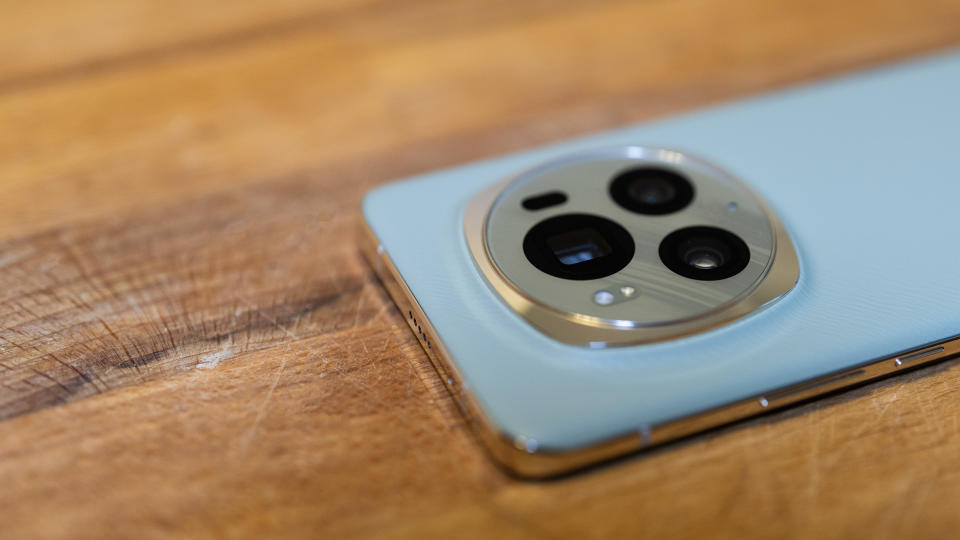
Oddly, we were unable to run our standard battery life test on the Honor Magic 6 Pro - it quit unexpectedly after a few hours - but from using the phone can say its battery life is excellent, frequently lasting well over a day and into the next with a mixed usage including texting, calling, browsing, doomscrolling and using the camera. Hit the processor and screen hard, say with long 3D gaming sessions or using the phone for video editing, and you’ll see that drop, but it’s still a creditable result from the silicon-carbon battery.
No charger was provided with our Magic 6 Pro, though there was a USB-C cable in the box. You can buy a 100W power adapter (the phone accepts 80W of wired power and 60W of wireless) from the Honor Store for £49, or less if you bundle it with the phone. Otherwise, you’ll need something like a laptop charger to get the best charging speed from the phone.
Price
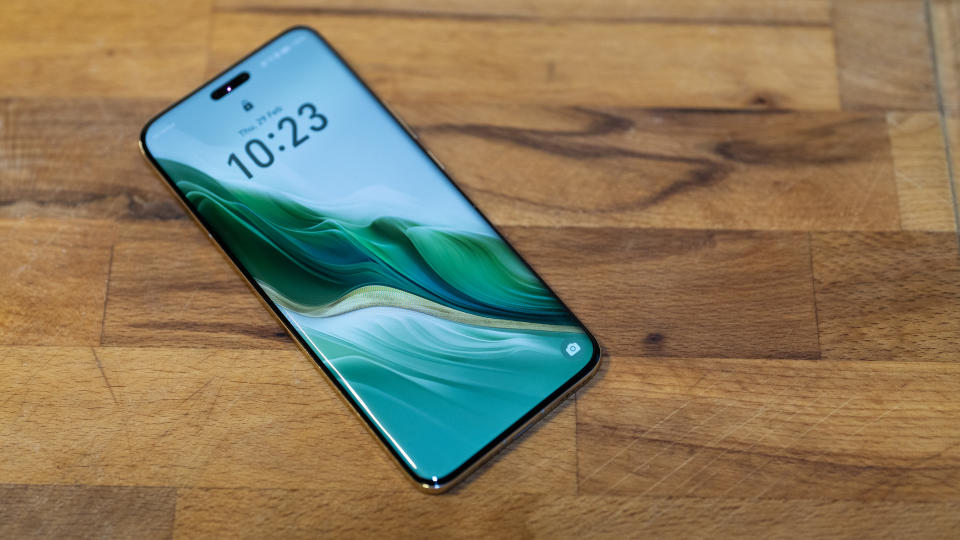
At £1,099 the Magic 6 Pro is well into flagship price territory. It’s £100 more expensive than the OnePlus 12 (with 512GB of storage) and Samsung Galaxy S24+ (256GB), yet comes in £250 cheaper than the Galaxy S24 Ultra (512GB) and a whopping £600 less than the Honor Magic V2 (512GB) - which as a dual-screened foldable you’d expect to cost a bit more.
Should I buy the Honor Magic 6 Pro?
As a flagship phone that’s up against some strong competition from Samsung, OnePlus, Xiaomi and the rest, the Honor Magic 6 Pro is a strong proposition. It has some excellent cameras, a powerful processor at the heart of it all, and the zeitgeisty application of AI to hit marketing talking points. If you’re looking at spending over £1,000 on an Android phone then there are certain other elephants in the room that it would be foolish not to consider. The price of this phone is high, but so is the performance and quality, so it deserves a spot on anyone’s wish list.

